It seems like almost every day there’s a new beauty brand announcing they've secured funding. Why has there been such a surge?
Venture capital (VC) first took off in the tech industry in the 90s, and expanded into consumer packaged goods (CPG) in the 2010s, but why do VCs love beauty brands and why do beauty brands love them back? What is it about the beauty sector that has attracted such significant investment, and what does this mean for the future of the industry?
In this episode of The Barefaced Podcast, I speak with Ultra Violette founders Bec Jefferd and Ava Chandler-Matthews about their recent $15 million raise, and what it means for their growth. I also chat with NuFace cofounder and CEO Tera Peterson, who built a cult beauty device brand without taking a cent of outside funding.
We unpack the dynamics of VC in beauty, the pros and pitfalls of raising capital, and what this growing trend signals for the future of the industry.
How does Venture Capital work?
Venture capital is private equity financing for startups and early-stage companies in exchange for equity. VC firms pool money from investors—often pension funds, financial firms, insurance companies, university endowments, and successful entrepreneurs—to fund high-growth potential businesses.
Venture capital is rooted in the ‘innovation economy,’ supporting companies that aim to do something radically new—and inherently risky. To manage that risk, investors channel their capital through firms that spread it across a portfolio of startups.
VC-backed businesses often follow a distinct business model where profitability is not anticipated for several years. As a brand grows and secures additional funding, the risk for investors diminishes, but so too does the potential reward.
Why do VCs and Beauty Brands Love Each Other?
Tech businesses historically dominate VC funding because they offer the potential for massive scale with relatively low overhead. Once a tech product is built, it can reach an infinite number of users with minimal infrastructure. Of course, ongoing innovation and operational scaling are necessary, but tech businesses often have higher margins and lower costs than physical goods businesses.
Consumer packaged goods (CPG) brands, on the other hand, face more hurdles. They have to not only develop their product but also package, manufacture, store, and ship items. Unlike tech startups, which have limited upfront costs, CPG brands require significant investment in inventory and logistics from day one. For a long time, this deterred VC investment in physical goods businesses.
The DTC Boom Changed Everything
Traditionally, launching a beauty brand also required retail connections to get products in front of consumers. Retailers took a cut of profits, making it harder for brands to scale. The rise of direct-to-consumer (DTC) brands changed this dynamic. Consumers became comfortable buying beauty products online, reducing the barriers to entry and making beauty startups more attractive to investors.
DTC brands could now achieve tech-like margins and rapid growth, making them an appealing investment. The ability to acquire customers directly through social media marketing further fueled this shift, giving brands a path to scale quickly without relying on traditional distribution.
Customer Acquisition Costs and Beauty's Advantage
Another reason VCs are drawn to beauty over other CPG categories is customer acquisition cost (CAC). Beauty brands often have lower CACs than tech companies because consumers are more open to trying a new skincare product than switching to an entirely new tech platform.
Why beauty over fashion or other consumer categories? While fashion brands initially found success with VC funding—think Everlane or Reformation—the industry's dependence on seasonal trends and discount cycles made it difficult to sustain healthy margins. Beauty, on the other hand, offers longer product lifespans and fewer markdowns, making it a more stable and appealing investment for venture capital.
Why Are So Many Beauty Brands Raising Money?
Beauty brands need capital to scale, and VCs love beauty for its high margins. But why are so many brands fundraising right now?
I spoke to Tera Peterson, CEO and co-founder of NuFace, the number one facial device brand in the U.S.—a business she built without ever raising a dollar. Tera sees two key drivers: The beauty industry is more competitive than ever, and VCs see beauty as a lucrative opportunity, making funding more accessible. In short, beauty brands are fundraising because VCs are offering.
This was echoed by the experiences of Bec Jeffred and Ava Chandler-Matthews, founders of Ultra Violette, who told me they had years of investor interest before finally closing a $15M round in January 2024.
However, this doesn’t mean VC is the right fit for every business. Kelly Dill, a partner at the renowned VC firm Imaginary Ventures, explained on the Limited Supply podcast that VC investment only works for certain brands. So, what are the pros and cons of raising capital?
Reasons NOT to Raise Capital
Control & Flexibility – Brands like NuFace chose to stay private to maintain control over long-term vision and growth strategy.
Sustainable Long-Term Brand Building – Bootstrapping forces financial discipline, reinvesting profits strategically, and ensuring every dollar spent delivers real value.
Avoiding Investor Pressure – VC funding comes with expectations for rapid growth, which can lead to unsustainable scaling and, in some cases, brand failures.
Simplified Decision-Making – Operating without investors streamlines decision-making processes, enabling quicker responses to market changes.
Reasons TO Raise Capital
Accelerated Growth – Having capital allows brands to scale faster, invest in marketing, and expand into new markets.
Strategic Partnerships – The right investor brings more than just money; Ultra Violette partnered with Aria Growth Partners for expertise in the U.S. market.
Bigger Thinking – Funding enables brands to move beyond a scrappy, lean approach and invest in long-term opportunities.
Competitive Landscape – In today’s market, cutting through the noise is harder than ever without substantial budgets.
Will the Beauty VC Bubble Burst?
The beauty industry has been flooded with VC-backed brands, each vying to be the next Glossier or Drunk Elephant. But as the market becomes oversaturated, cracks are forming. Where are we headed?
The Rise of In-House Incubators
Instead of pursuing costly acquisitions, beauty giants like Estée Lauder and L’Oréal are investing in in-house incubators to launch brands themselves. It’s more cost-effective for them to back multiple early-stage ideas and let one succeed, rather than paying millions for established brands down the line.
For conglomerates, the benefits are clear: they retain control, own formulations, and test branding strategies with minimal risk. Meanwhile, indie brands struggle with rising acquisition costs, making it harder to compete.
Seed Investments Will Likely Slow
Additionally, large-scale beauty M&A and IPOs have stalled since late 2023, limiting exit opportunities for VCs. With rising interest rates offering stronger returns in lower-risk avenues, the incentive to invest in early-stage businesses is dwindling.
This could shift focus towards later-stage brands, leaving early-stage startups struggling for funding. Retail saturation and rising advertising costs intensify the pressure, with too many brands competing for shelf space and consumer attention.
And that brings us to the end of this episode. If you enjoyed it, be sure to give it a like and share it with a friend!


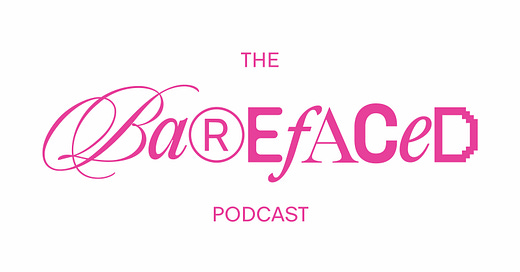






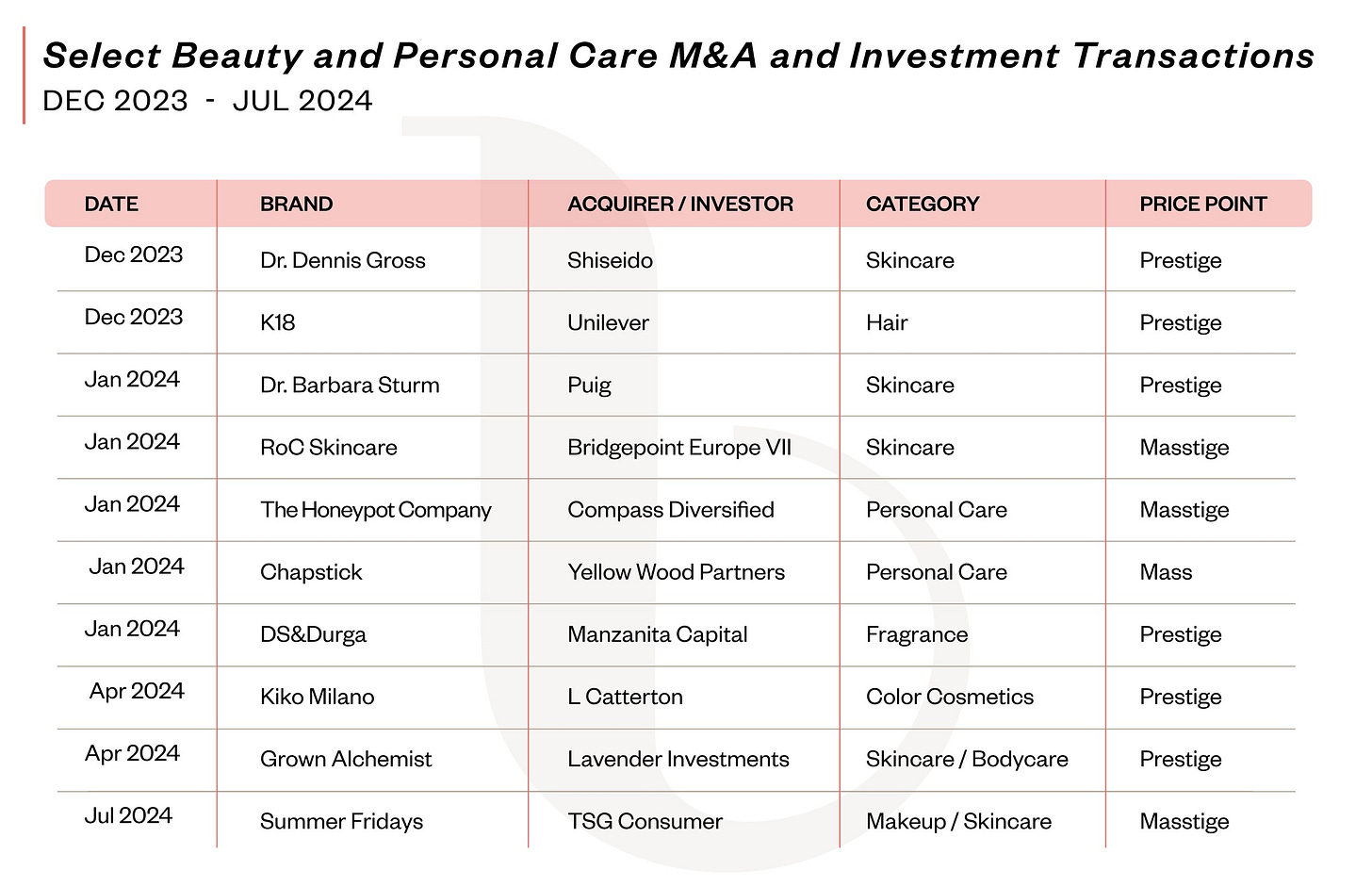



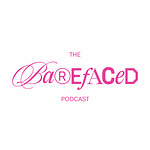

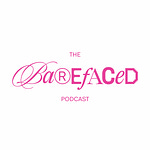
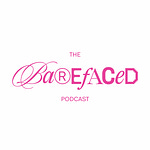
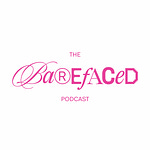
Share this post